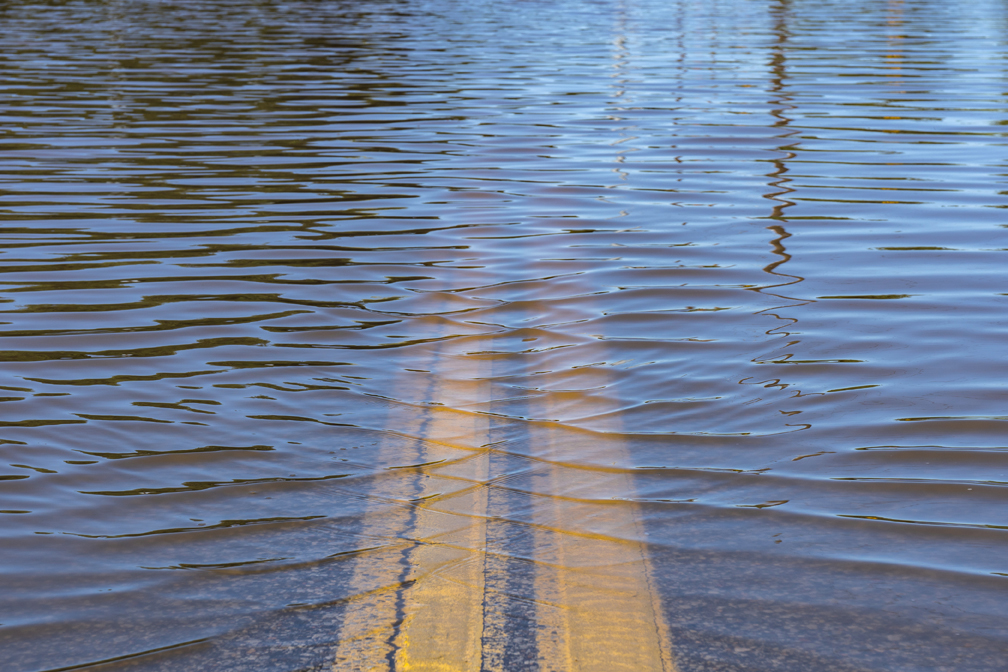When it’s not flooding!
Seriously though, now is the best time to make a flood plan. Spring is the time of year with the highest risk for flooding in the Midwest. With melting snow and spring showers the rising water levels and precipitation into our rivers, lakes, and streams can make way for large-scale water damage.
With our close proximity to many lakes the Midwest can suffer significant flooding due to lake-effect weather. The contrasting cold lake waters and warmer air collide to create weather such as high winds and increasing thunderstorms.
Flooding can take place slowly or it can be abrupt and take place without warning. Know what to do before, during and after a flood emergency or disaster.
Know The Difference Between a Flood Watch, Flood Warning, or Flash Flood
- Flood Watch: According to Michigan Flood Ready a flood watch indicates that flooding is possible in your area. Monitor local news channels and listen to your NOAA weather radio.
- Flood Warning: A flood warning indicates that flooding is occurring or will occur in your area. Move to high ground and listen to local media for evacuation orders.
- Flash Flood: When rapid flooding occurs with great force. Low-lying areas are at the greatest risk for flash flooding.
What To Do After A Flood.
- Return home only when it is safe to do so. Floodwaters often erode roads and walkways making passage difficult at best. Be aware of areas where floodwaters have receded and be sure to watch for debris.
- You should never attempt to drive directly through floodwaters. Just six inches of water can sweep your vehicle away. Standing water may be electrically charged from downed power lines or from beneath the ground, be sure to avoid walking through standing water.
- Photograph or video your property damage for insurance purposes.
- Do not attempt to clean-up standing water, this is best left to a professional who knows how to check for electrical and other hazards.
Hopefully, extreme weather conditions won’t be prevalent this spring however, it is important to know your flood risk, and consider purchasing flood insurance if you are near a flood zone. Familiarize yourself with local emergency plans and know where to go should you need to get to higher ground, the highest level of a building, or to evacuate.
Make a flood plan or emergency plan and include a minimum of 3 days of food and water. Included in your emergency preparedness kit should be a flashlight, batteries, cash, and first aid supplies. Stay tuned to your phone alerts, TV, or radio for weather updates and emergency instructions
If you find yourself in the aftermath of a flood that has caused water damage to your vehicles, home or business call Advance Restoration, a team of disaster restoration specialist on call for 24/7 response, day or night.
